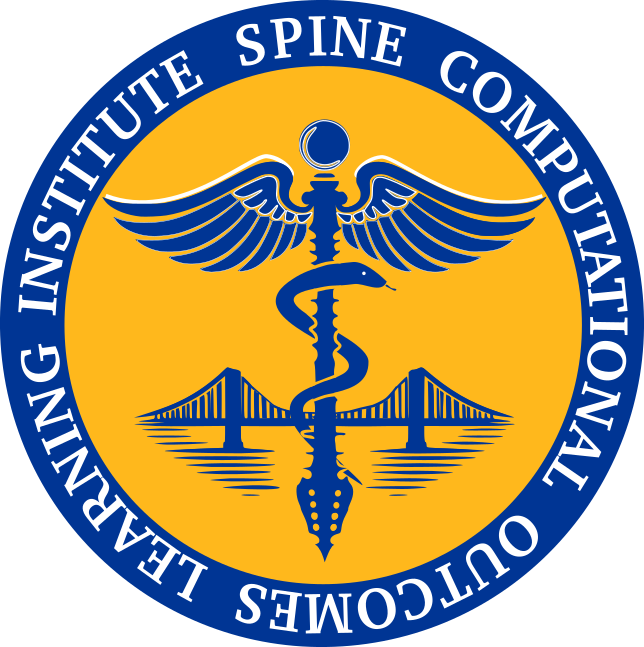Anemia, a condition characterized by a decrease in red blood cells or hemoglobin in the blood, is a prevalent health issue worldwide. While often associated with conditions such as nutritional deficiencies and chronic diseases, its connection to spine diseases is increasingly recognized.
Prevalence of Anemia in Spine Disease
Anemia is frequently encountered in patients with spine diseases. Prevalence rates vary, but most indicate a significantly higher occurrence of anemia in individuals with spine pathology compared to the general population. The multifactorial nature of spine diseases contributes to the complexity of anemia management in these patients.
Pathophysiology
Understanding the mechanisms underlying anemia in spine disease is crucial for effective management. Chronic inflammation, a common feature of many spine conditions, can lead to increased red blood cell destruction, exacerbating anemia. Additionally, blood loss secondary to traumatic spinal injuries or surgical interventions further compounds the hematological abnormalities in these patients.
Symptoms and Patient Outcomes
Anemia in spine disease can manifest with symptoms such as fatigue, weakness, and shortness of breath, significantly impacting the quality of life and functional outcomes of affected individuals. Furthermore, the presence of anemia may complicate the management of underlying spine pathology, potentially leading to delayed recovery, prolonged hospital stays, and increased healthcare costs. Early recognition and appropriate management of anemia are essential to mitigate these adverse effects and optimize patient outcomes.
Diagnostic Evaluation
Accurate diagnosis of anemia in the context of spine disease necessitates a comprehensive diagnostic approach, including a thorough medical history, physical examination, and laboratory investigations. Hematological parameters can provide valuable insights into the etiology and severity of anemia. Additional tests may be warranted to identify underlying contributory factors.
Treatment
The management of anemia in spine disease requires a multifaceted approach tailored to the individual patient’s needs and underlying pathology. Treatment modalities may include addressing nutritional deficiencies, iron supplementation, and blood transfusions in cases of severe anemia or acute blood loss. Optimizing the management of underlying spine pathology, such as surgical intervention or pharmacological therapy, is paramount in improving overall patient well-being
Conclusion
Anemia represents a significant clinical challenge in the management of spine disease, impacting patient outcomes and quality of life. Recognizing the complex interplay between anemia and spine pathology is essential for healthcare providers involved in the care of these patients. By adopting a comprehensive diagnostic and therapeutic approach, tailored to the individual needs of each patient, we can effectively manage anemia, alleviate symptoms, and optimize outcomes in individuals with spine disease.
Call to Action
Consider supporting us at SCOLI as we tackle the challenge of anemia in spine disease through active research and advocating for early diagnosis and intervention of anemia. Your support is crucial to improving outcomes and quality of life for these patients and mitigating complications in the treatment of spine disease.

